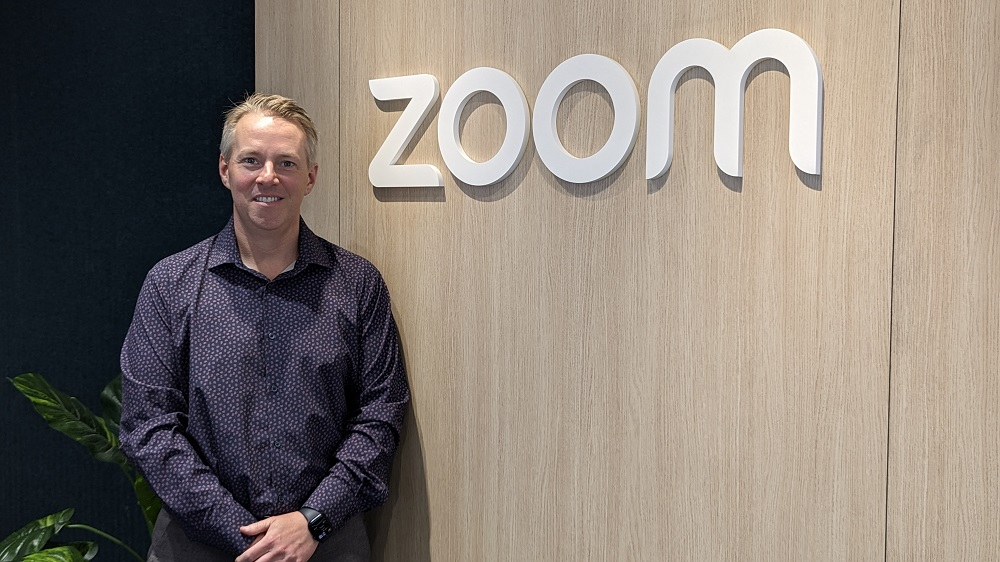Three steps to upskill and reskill employees

As HR and learning and development (L&D) continue to evolve, organisations are prioritising the upskilling and reskilling of employees to prepare for a future beyond the pandemic. To begin this process, organisations should map skills and competency gaps to their business strategy, suggested SumTotal Systems in a new report titled, 3 Steps to Upskill and Reskill Employees.
As organisations deal with current challenges and prepare for unforeseen changes, they must be able to quickly identify the skills that align with their new needs. The first step, said SumTotal, is to gather and capture an inventory of skills across the organsiation that leaders can easily call upon.
With many organisations lacking a central database of skills, SumTotal proposed that it is easier for skills to be inventoried because they are easier to define and to identify which employee has what skills. The SumTotal Core Platform, for instance, helps to develop a skills inventory by requiring employees to report their own skills. HR and L&D leaders can then match people with the company’s needs and help employees understand their skills gaps.
Once these steps are taken, organisations can upskill their employees with relevant knowledge and ensure skills are continually enhanced or replaced to move the business forward. Within the SumTotal Core Platform, the Career Plan feature lets authorised users view an employee’s readiness to move into another position in the organisation. This is determined based on a configurable set of criteria, including how other have accessed the employee against the competency model for that job.
Building learning plans that close the gaps
When it comes to delivering learning programmes that will upskill and reskill employees, organisations need to think beyond the standard curriculum approach. With more employees preferring bite-sized curriculum, SumTotal recommended organisations to refrain from requiring employees to complete a comprehensive curriculum covering multiple programmes and courses; instead, enable employees to skill up instantly.
With skills development now critical for business survival, organisations need to upskill and reskill employees faster than the competition, thus creating the need for employees to self-direct their learning. This is partly out of necessity for employees working remotely, and partly due to employee engagement initiatives, where it is important to grant autonomy, so employees feel that their organisation supports and trusts them.
It is also important for organisations to focus on essential soft skills, SumTotal added. Today’s employees need to gain knowledge, adapt quickly and be resilient, with adaptation and resilience two skills many organisations are relying heavily on. Developing the skills to support and enable these are key in the face of unpredictability and uncertainty.
Additionally, critical thinking, communication and collaboration are also some of the top soft skills that are most sought after today. The ability to draw conclusions from various data points while collaborating and communicating to move the business forward is invaluable in the current climate, said SumTotal.
Measuring success over time and iterate
Alongside the shift in the top skills and competencies employees need today, the measurement of success must correspondingly evolve. It is not longer relevant to measure course completions or the impact of a skill on an employee, and organisations care more about how L&D enables business success, as opposed to how much learning content an employee consumes.
A highly accurate and relevant measure thus, aligns with business priorities, SumTotal identified. To align with the business, HR and L&D leaders need to access the skills associated with each competency and define relevant metrics that matter to the business and that can measured against an employee’s performance.
Relevant metrics can include an employee’s ability to learn, unlearn and learn again. Process outputs can also be measured as organisations shift from manual to digital processes, requiring employees to oversee rather than do something themselves.
With more disruptions potentially on the horizon, SumTotal urged organisations to rethink their L&D approaches and to reimagine the workplace and how to enable employees to adapt and learn for the future. By closing the skills gap with a strategic approach, organisations can position their employees and business to succeed, SumTotal concluded.
Click here to find out how you can more effectively upskill and reskill your employees.



